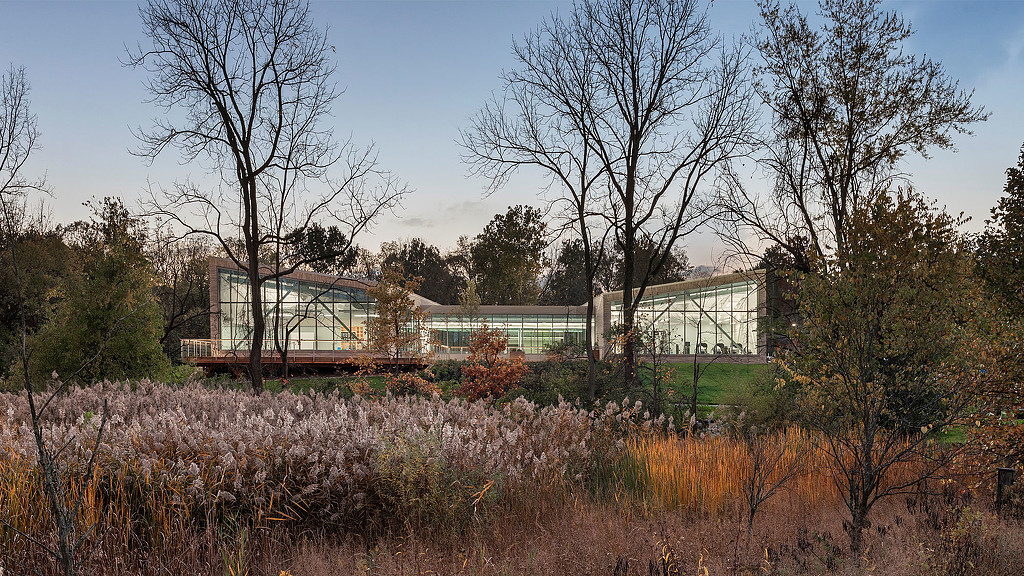Senior Living
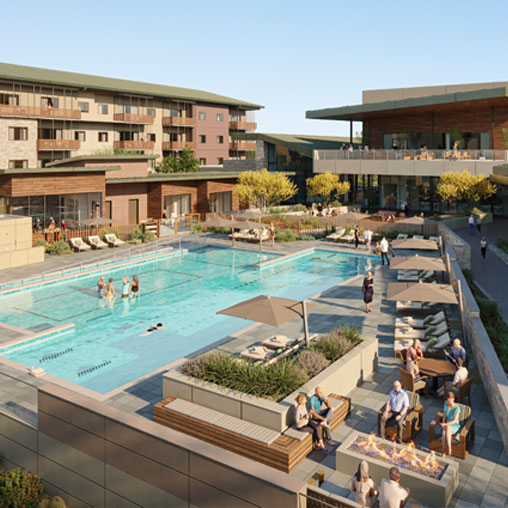
La Posada at Pusch Ridge
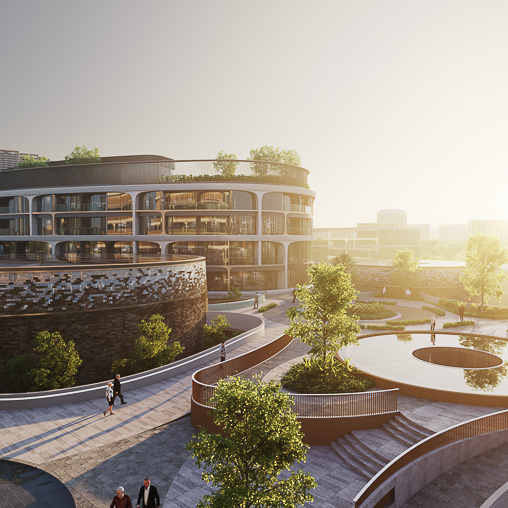
Confidential Senior Living Community
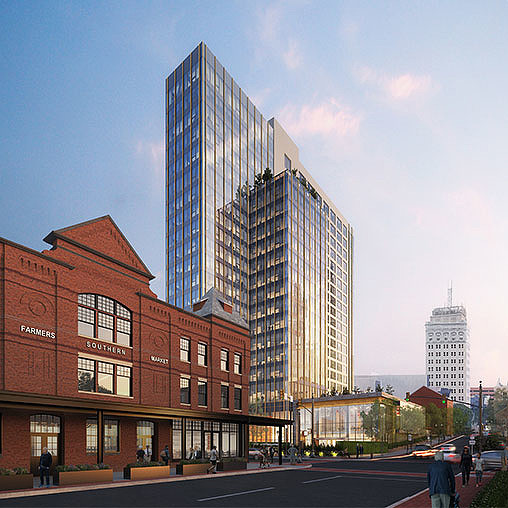
Mosaic by Willow Valley Communities
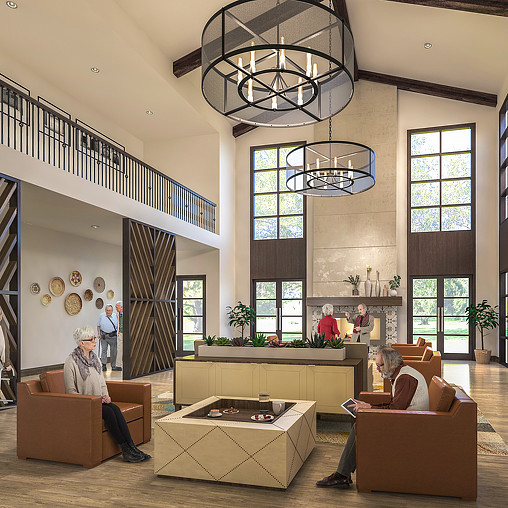
Confidential Independent and Assisted Care Facility
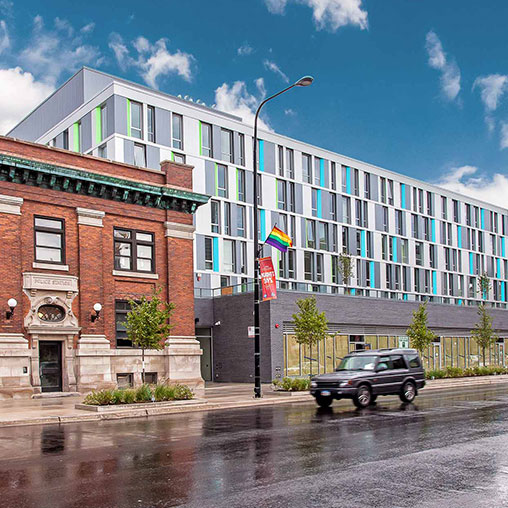
Town Hall Apartments
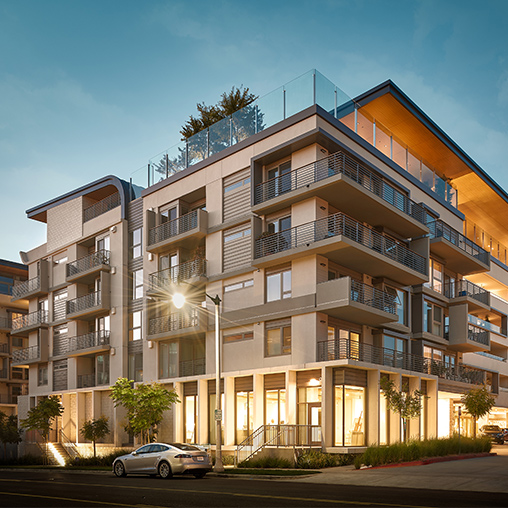
Fountainview at Gonda Westside
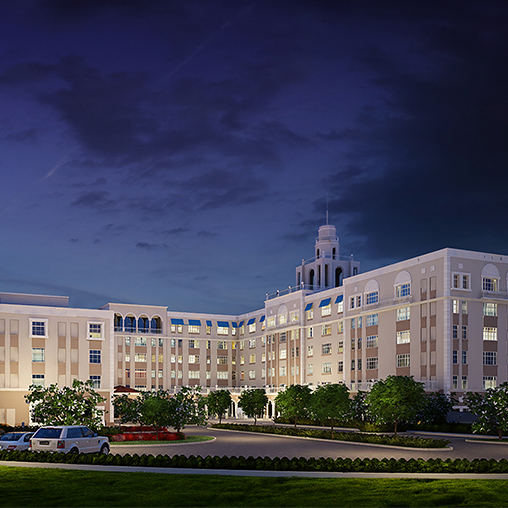
Windsor at Celebration
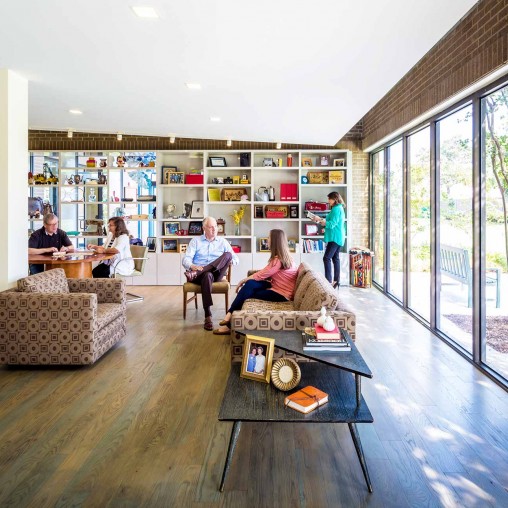
Alzheimer’s Association
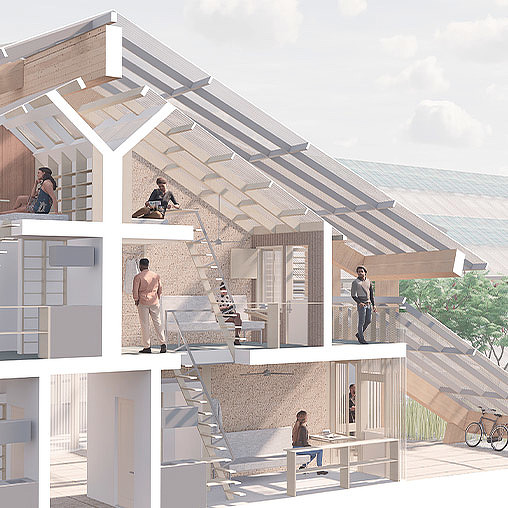
Urban Awning
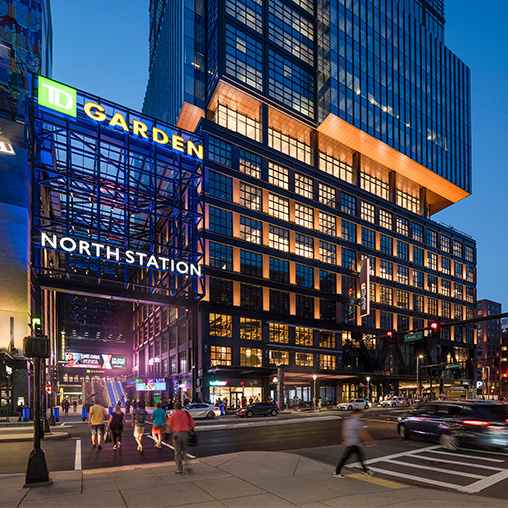
The Hub on Causeway
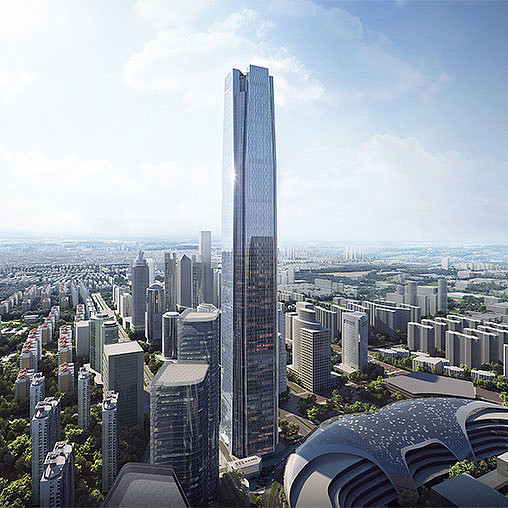
Suzhou Zhongnan Center
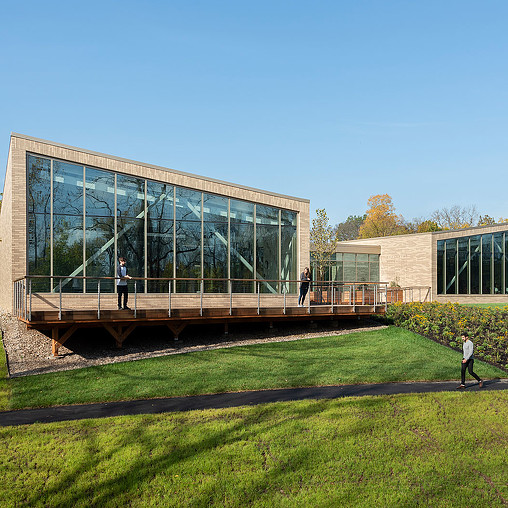
OhioHealth Neuroscience Wellness Center
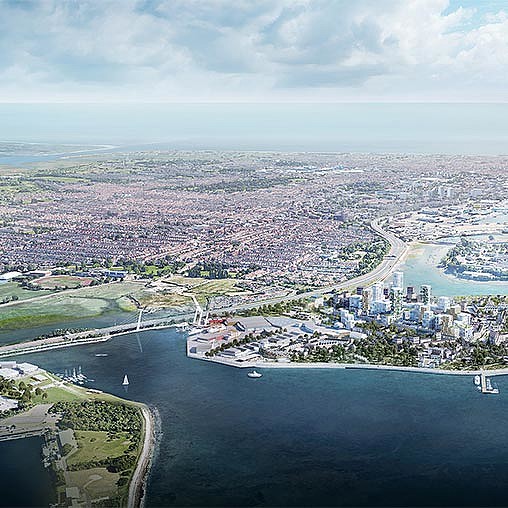
Tipner West
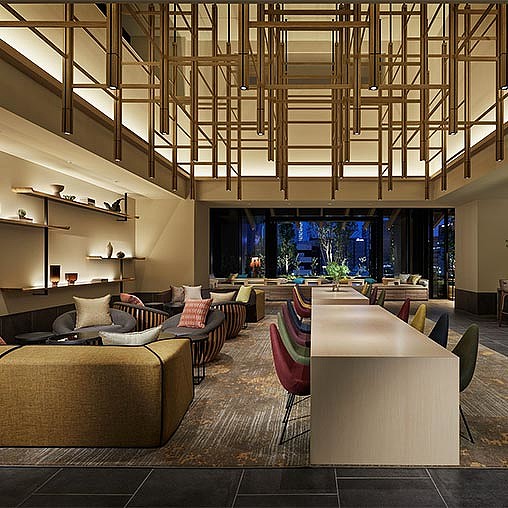
Hyatt House Kanazawa
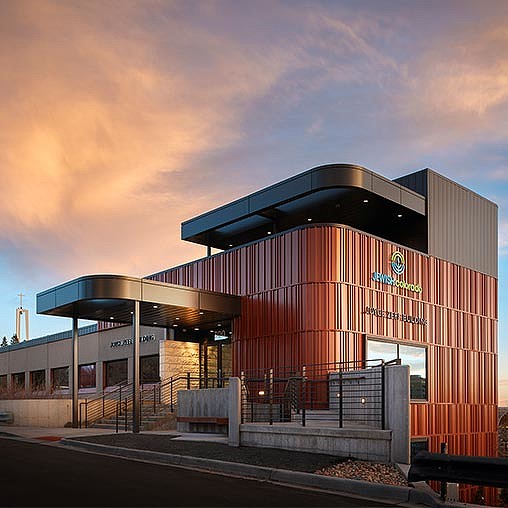
Jewish Colorado
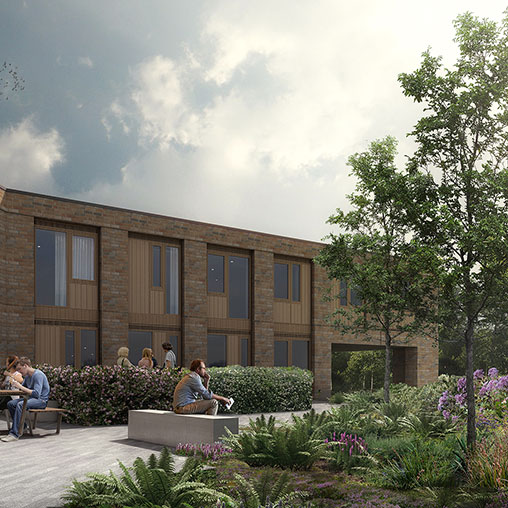
Noah’s Ark Children’s Hospice
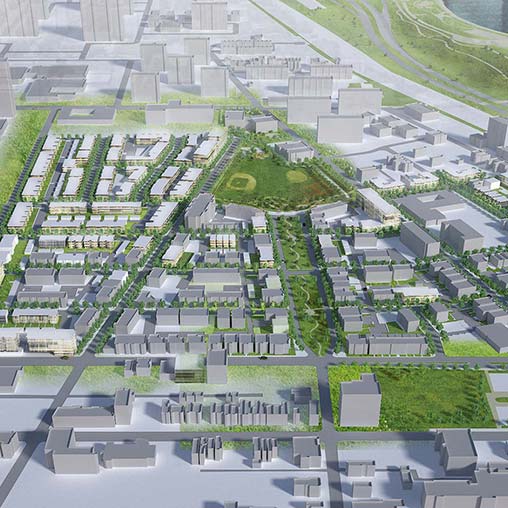
Oakwood Shores Redevelopment Plan
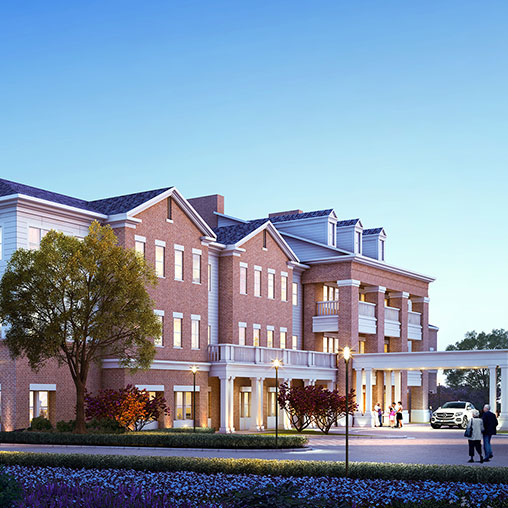
HarborChase of Prince William Commons
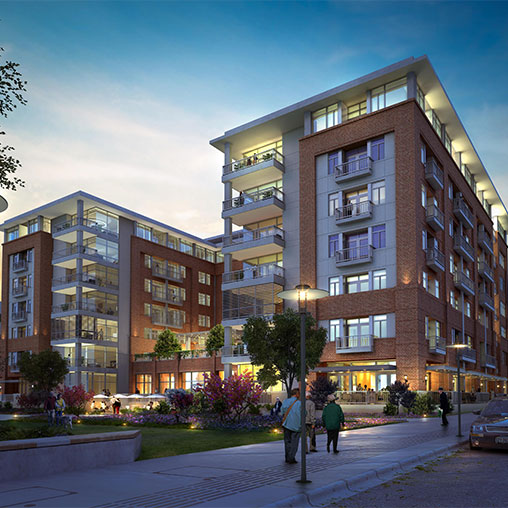
HarborChase of Fairfax
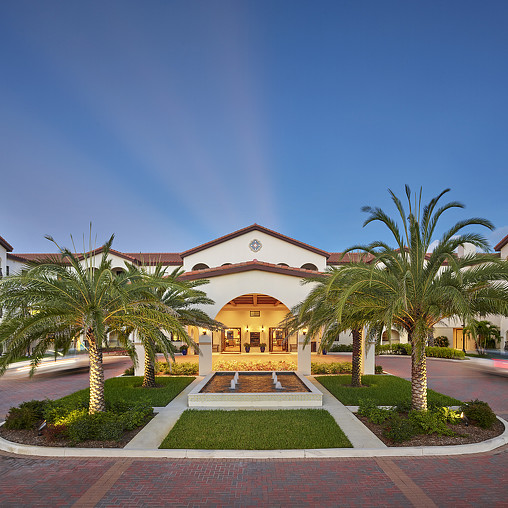
Mariposa - Discovery Senior Living
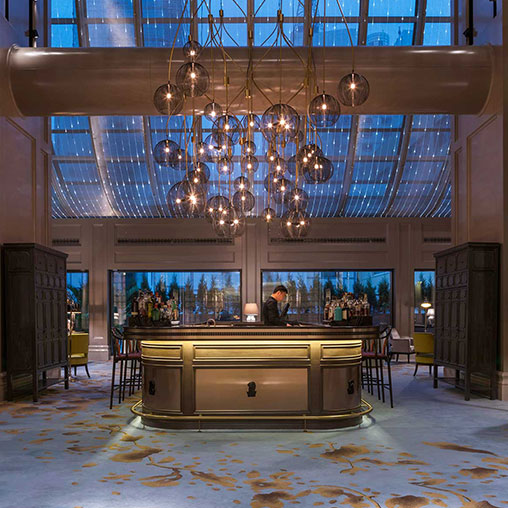
Portman Ritz-Carlton
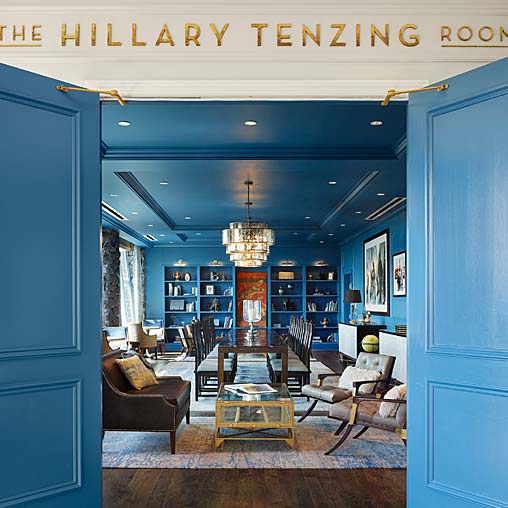
Claremont Club & Spa, A Fairmont Hotel
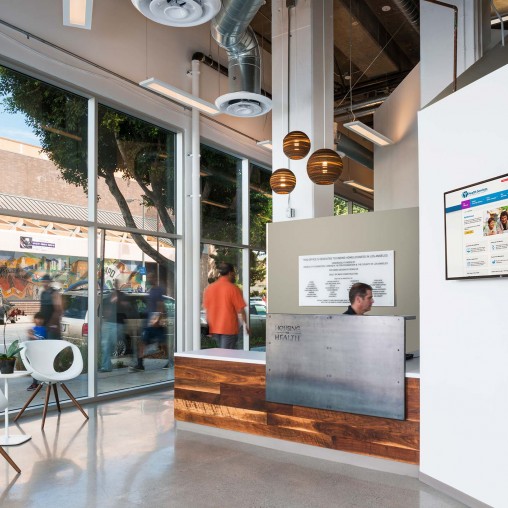
Star Clinic and Housing for Health Office
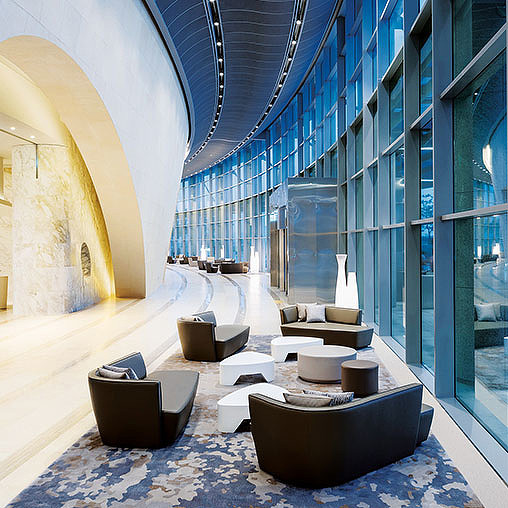
Grand Hyatt Incheon
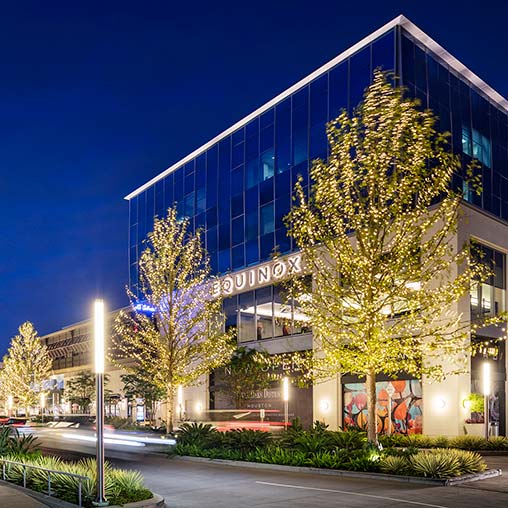
River Oaks District
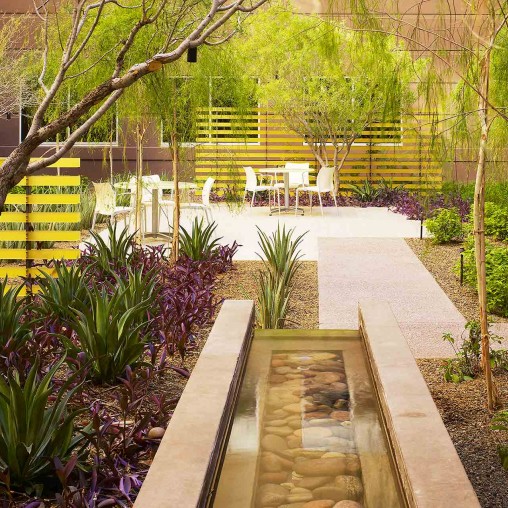
Scottsdale Healthcare Thompson Peak Hospital Healing Garden
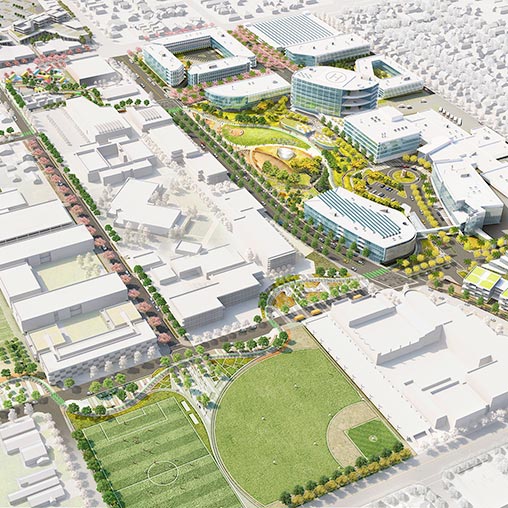
Willowbrook MLK Wellness Community
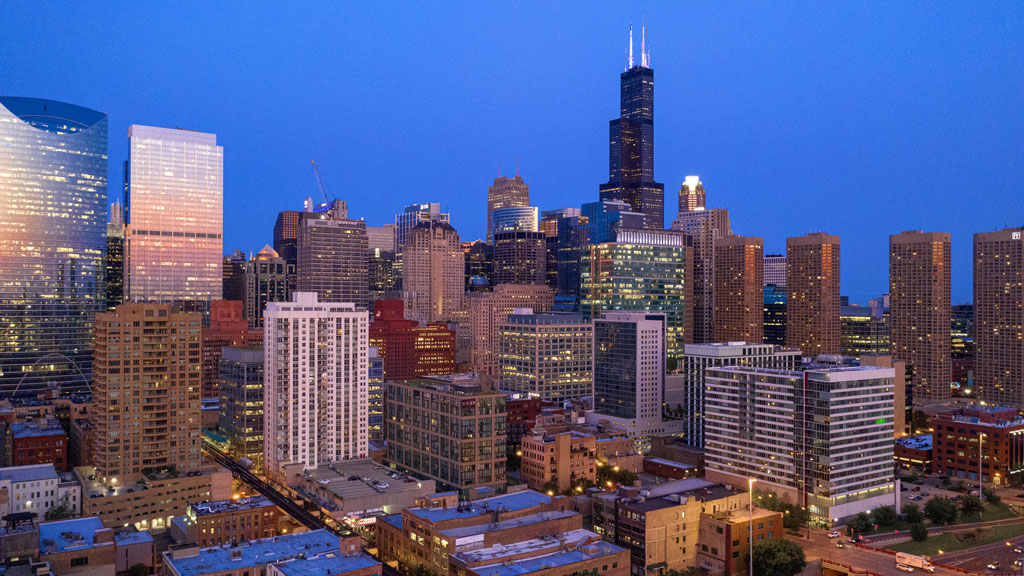
How a New Vision for Flexible Co-Living Conversions Can Support Housing Affordability
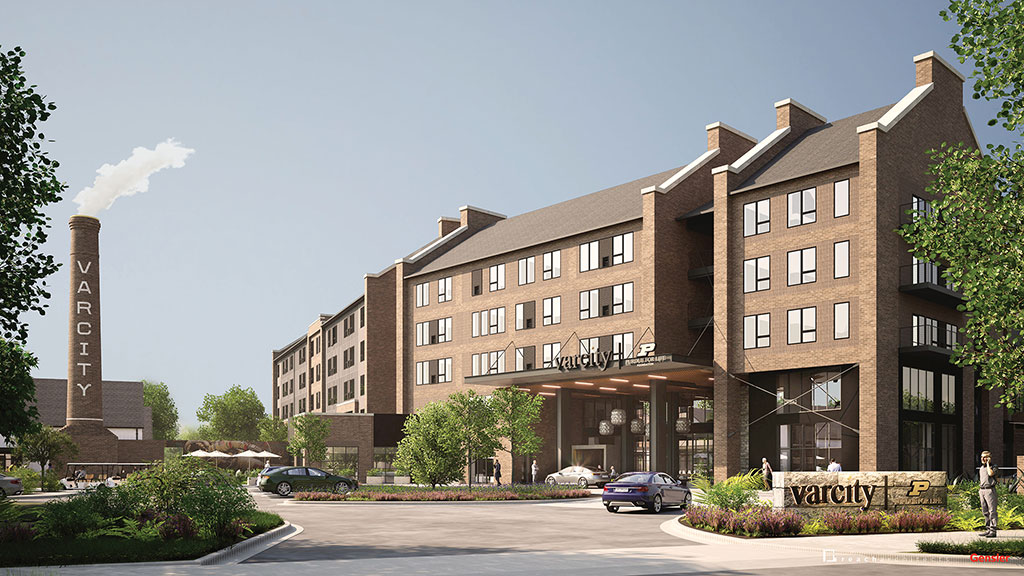
Age-Welcoming Cities: Designing for an Era of Longevity
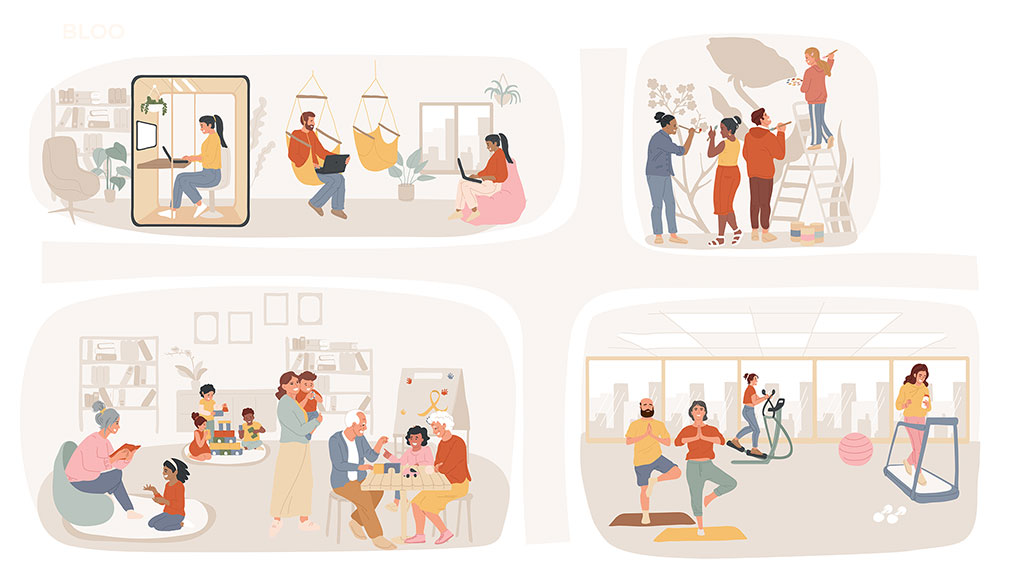
Reimagining Care in the Heart of Our Cities
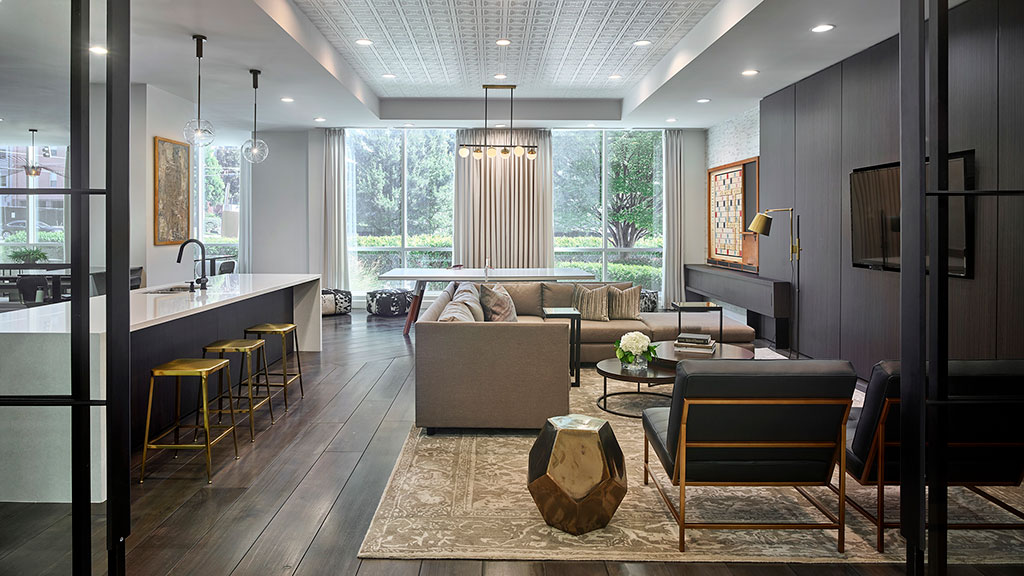
Designing for Flexibility in Senior Community Amenities

Trends to Watch Shaping the Future of Senior Living Design

Multigenerational Design
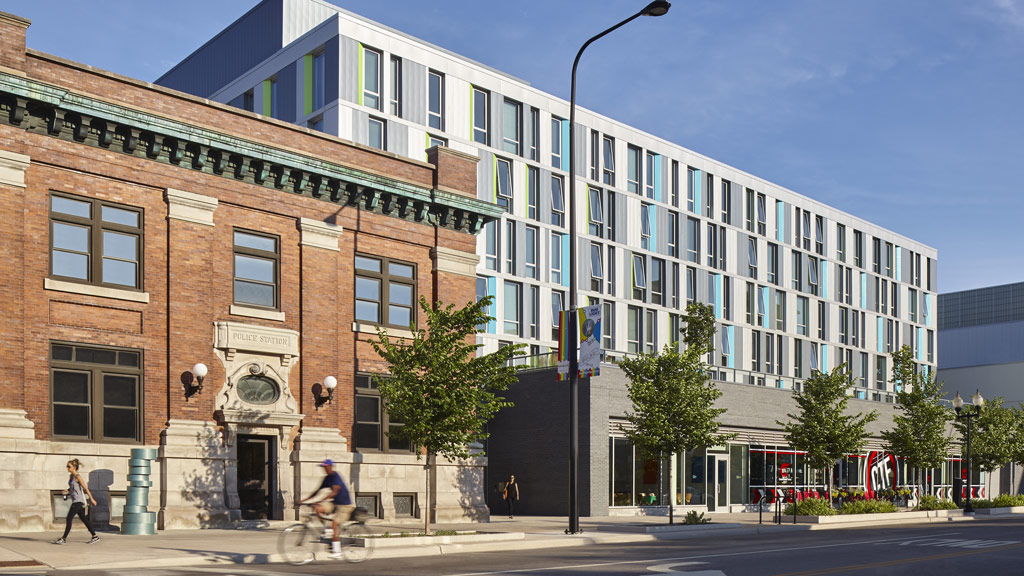
Quantity and Quality: Leveraging Office-to-Senior Living Conversions to Increase Capacity and Lifelong Well-being
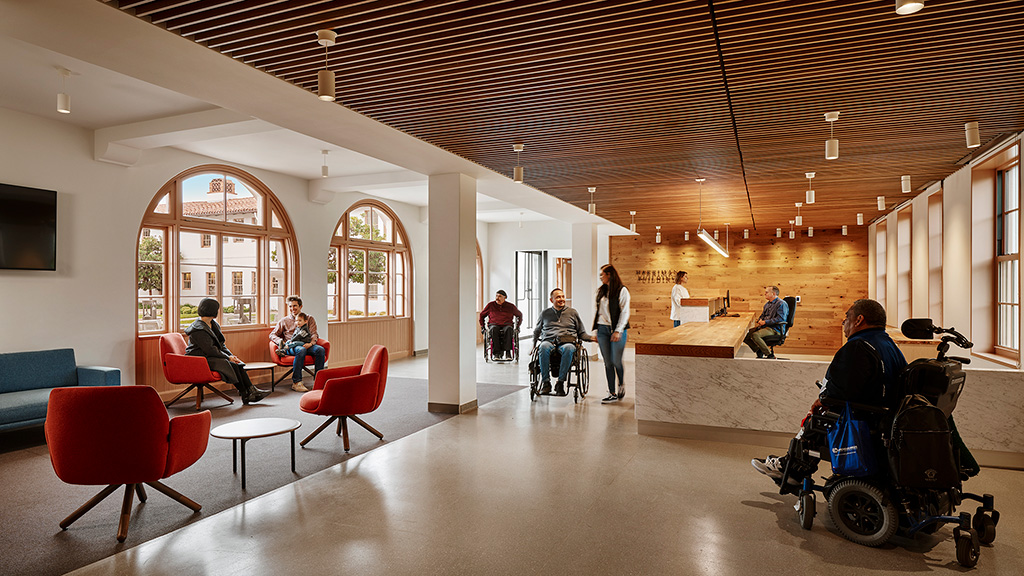
Design as a Superpower in the Senior Living Industry
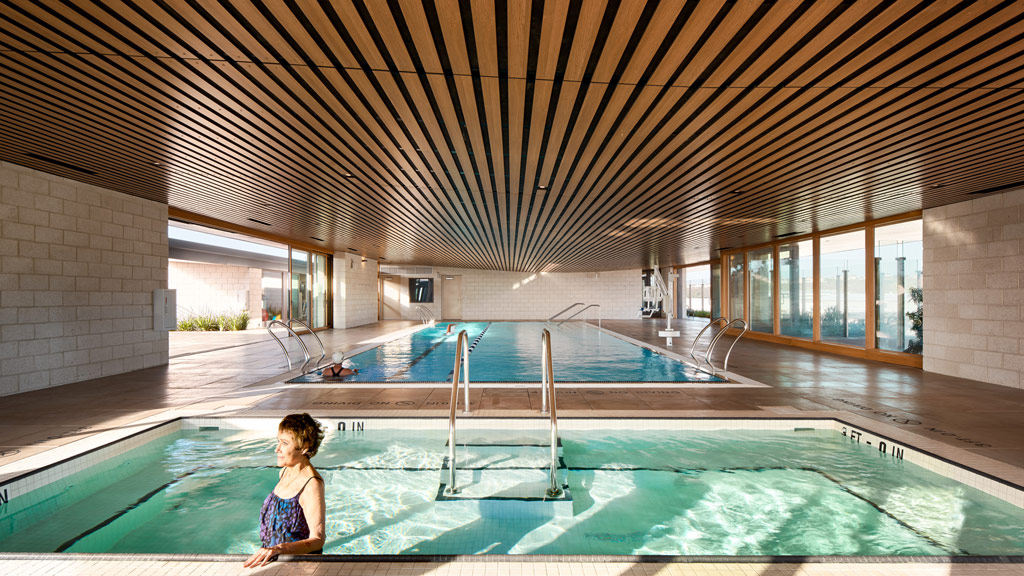
Designing for Ageless Communities
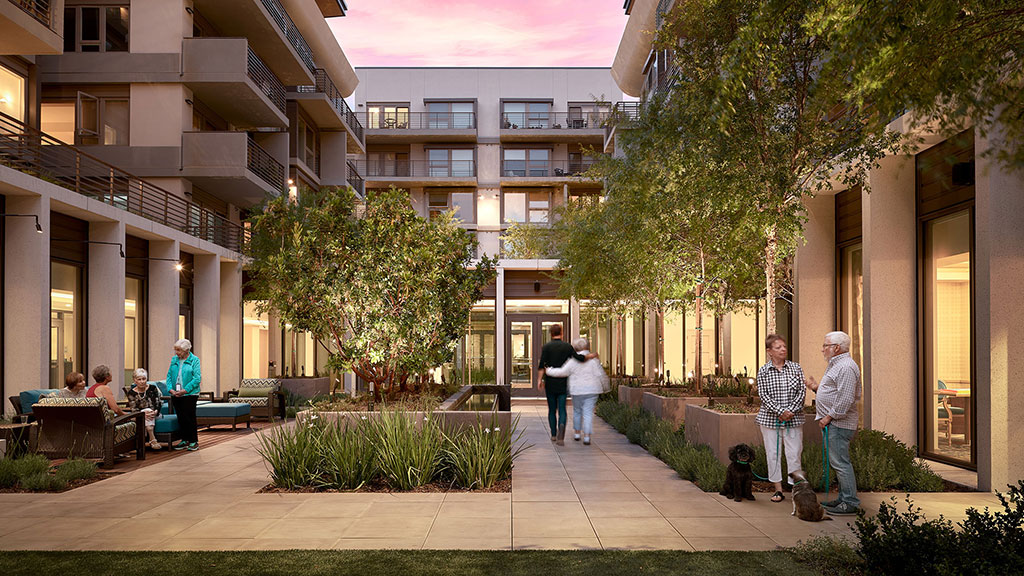
Equity and Aging in the 20-Minute City
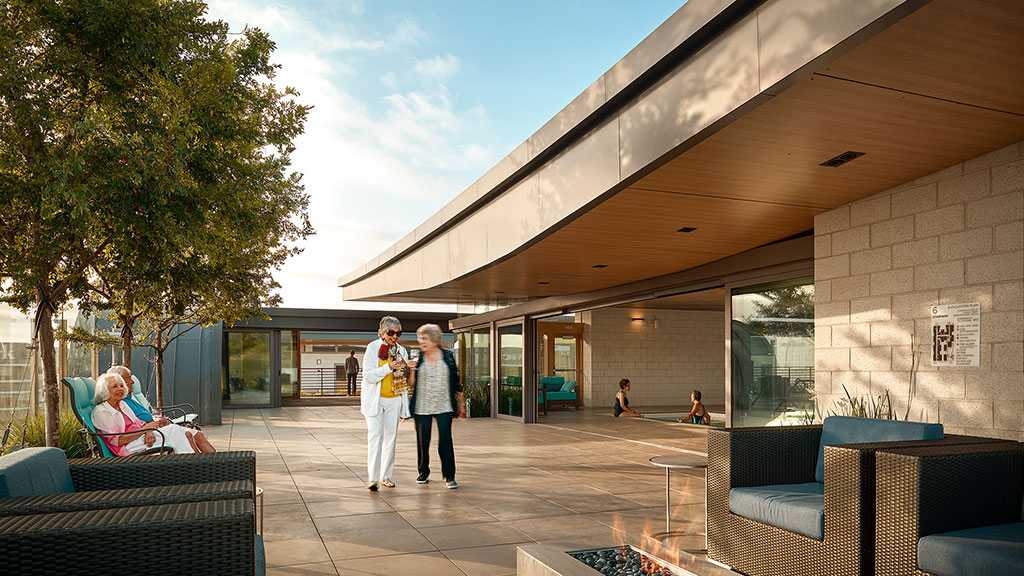
Defining Active Adult: A Promising Housing Model for an Active Aging Future
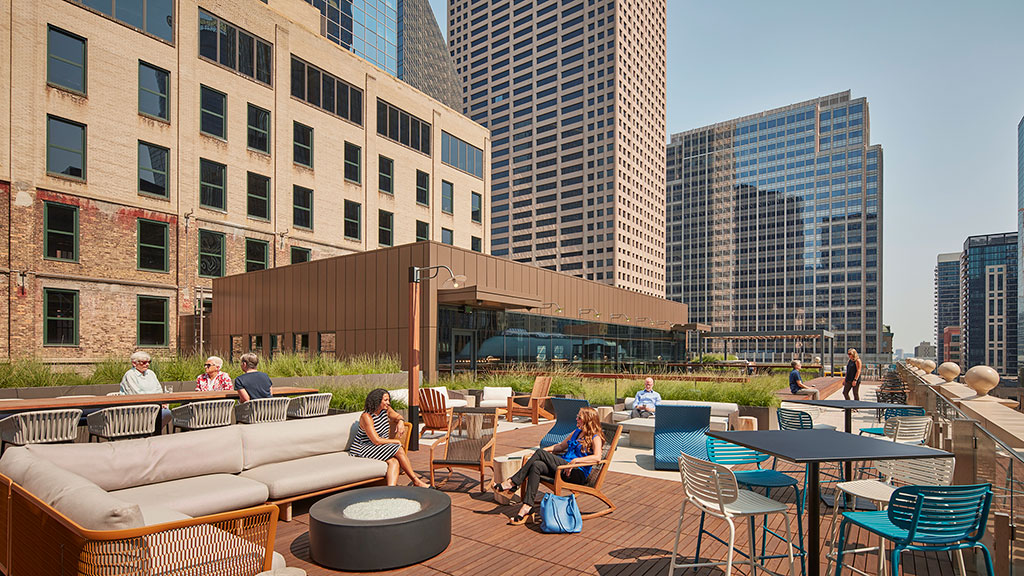
Why It’s Time to Reframe the Conversation Around Senior Living
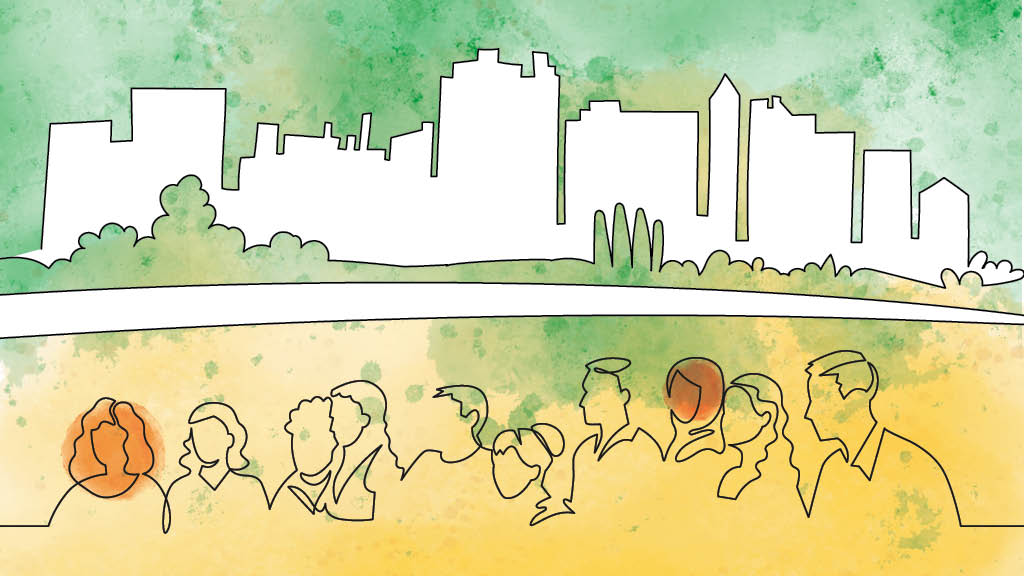
Beyond Senior Living: Designing Communities for Inclusion
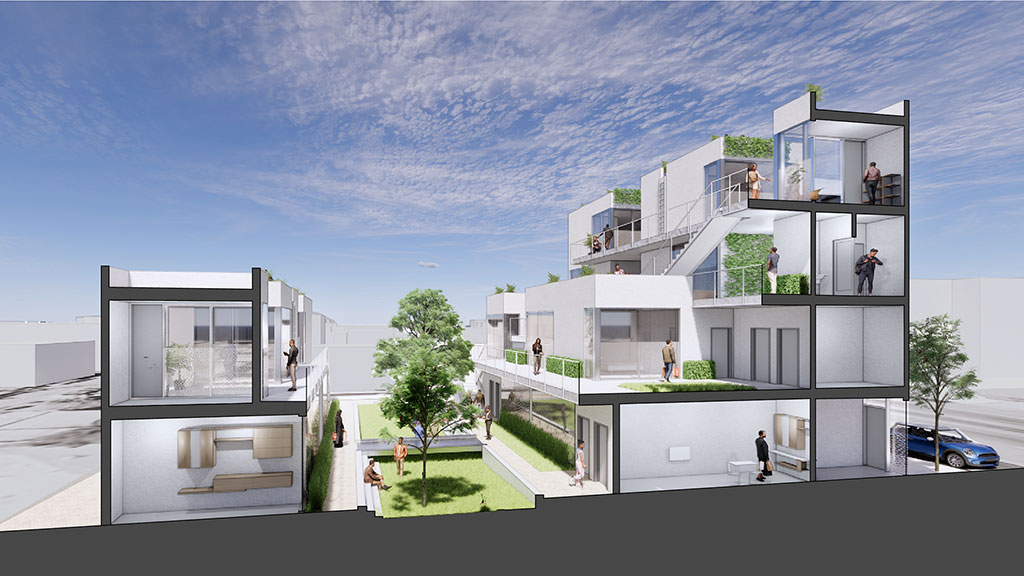
Designing Innovative Pathways to Affordable Housing in Los Angeles
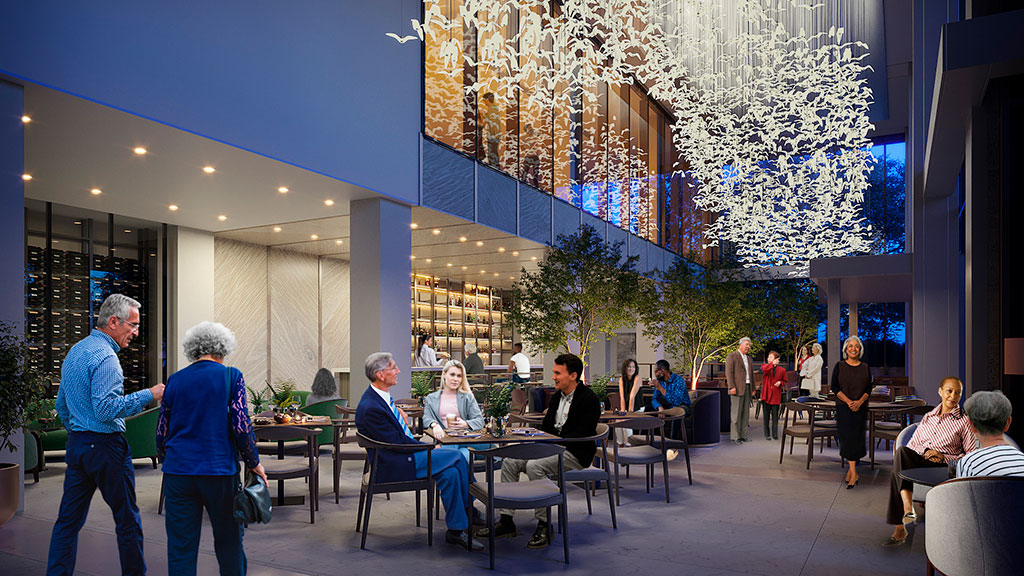
An Opportunity to Unlock Value for Underutilized Assets: Office Conversions for Senior Living
Cities repurpose vacant commercial space into intergenerational care centers.
Adaptive reuse and building conversions help cities transform empty commercial spaces into vibrant centers that foster community connection. By combining daycare, elder care, and wellness programs, these hubs revitalize urban cores and ease the burden on “sandwich generation” professionals who are taking care of children and aging parents.
Extreme weather and climate risks reshape senior living design.
Since evacuation is often not feasible, senior living communities are built to withstand extreme weather and ensure safety during disasters. Emergency-ready infrastructure — including refuge spaces equipped with backup heating, cooling, lighting, and food preparation systems powered by on-site renewable power and battery storage — protects vulnerable populations and safeguards continuity of care.
Advanced technology and robotics reimagine aging-in-place.
Advanced technologies drive changes to senior living spaces. Designs must be more flexible to accommodate autonomous mobility aids, AI-based passive health and wellness monitoring, and automated emergency call systems. These innovations extend independence, reduce labor strain, and facilitate aging-in-place models.


Brooks Howell
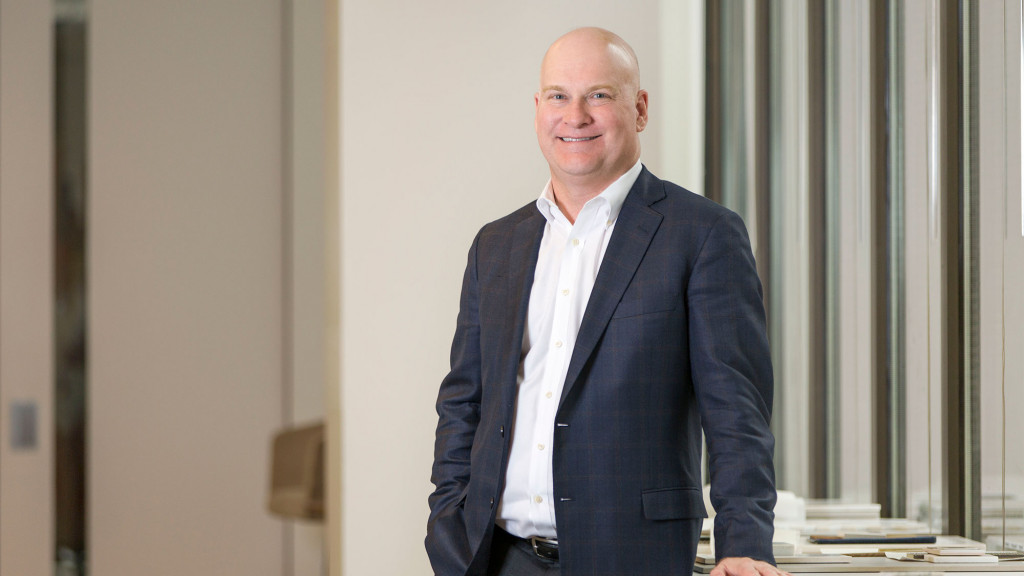
KPRC Hosted an Interview With Senior Living Leader Brooks Howell on Gensler’s Office-to-Co-Living Research
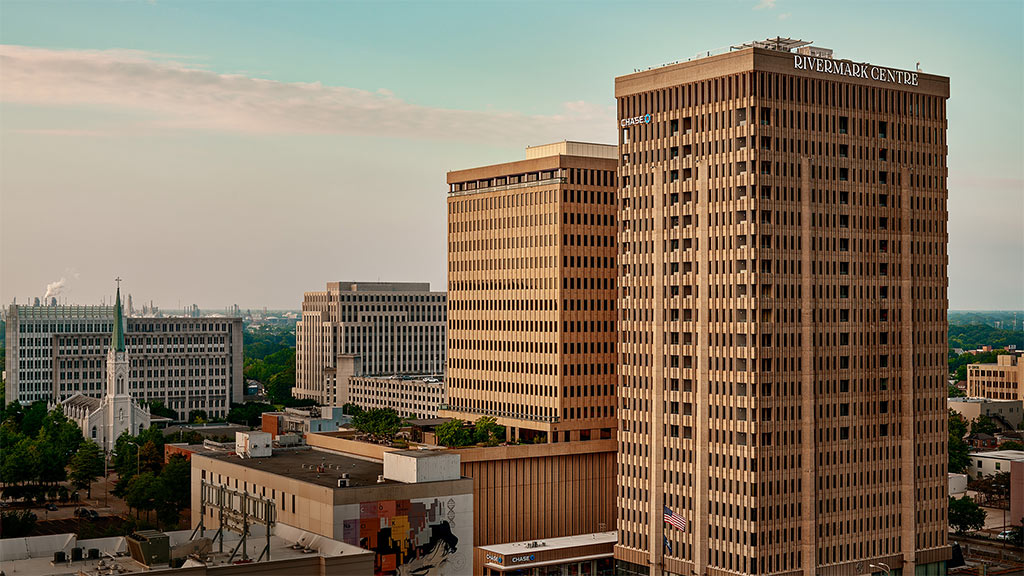
Factors Impacting the Profitability of Office-to-Residential Conversions
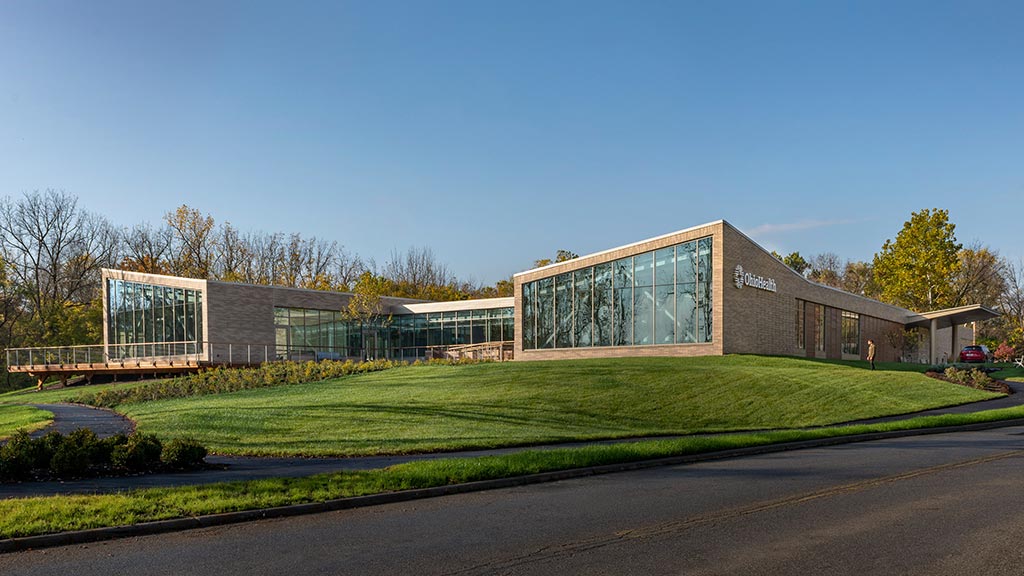
OhioHealth Neuroscience Wellness Center Wins the 2023 AIA National Healthcare Design Awards
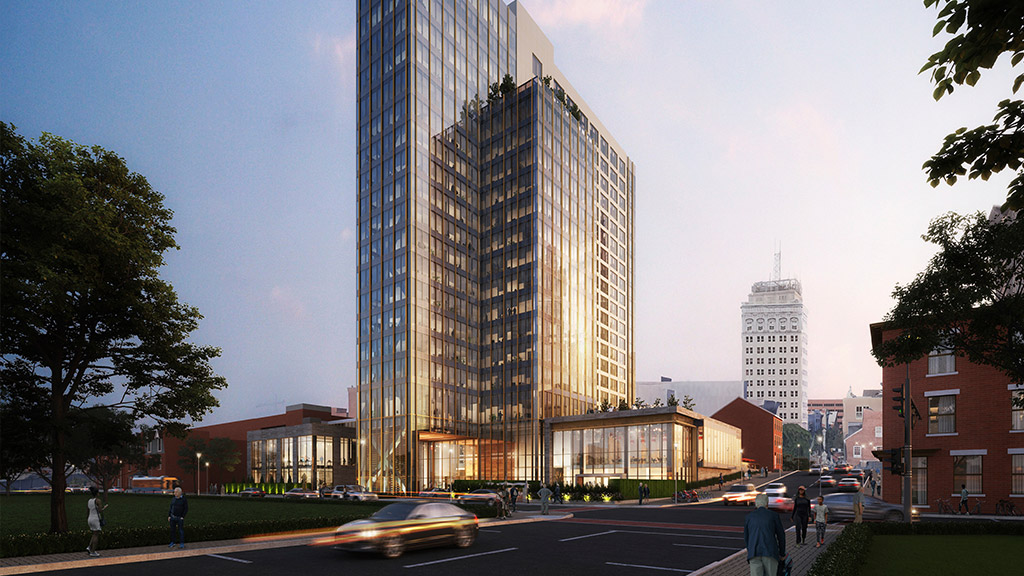
Mosaic by Willow Valley Communities Extends the Energy of Downtown Lancaster
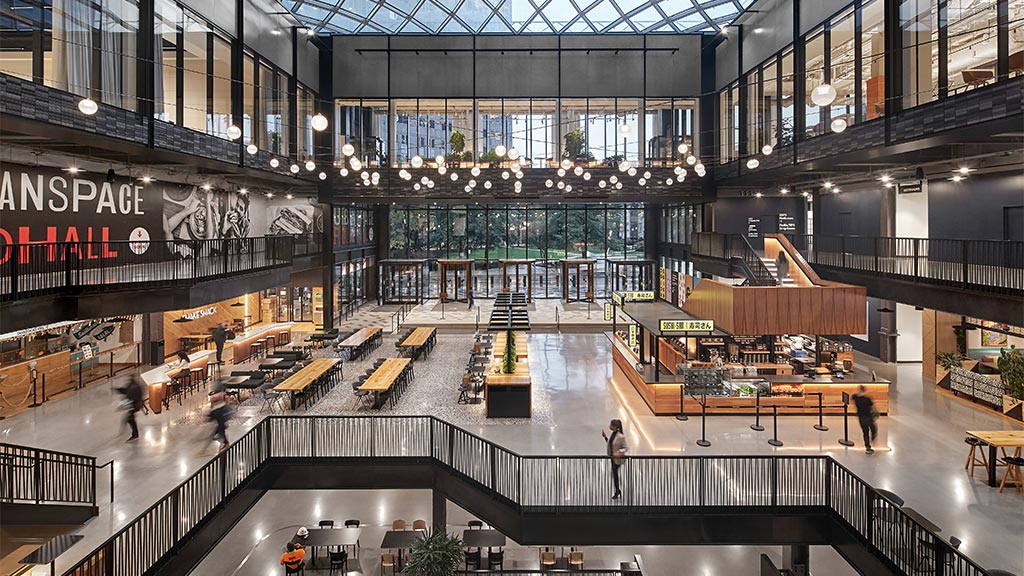
Building Design Ranked Gensler the #1 Firm on Its 2023 World Architecture 100 Survey
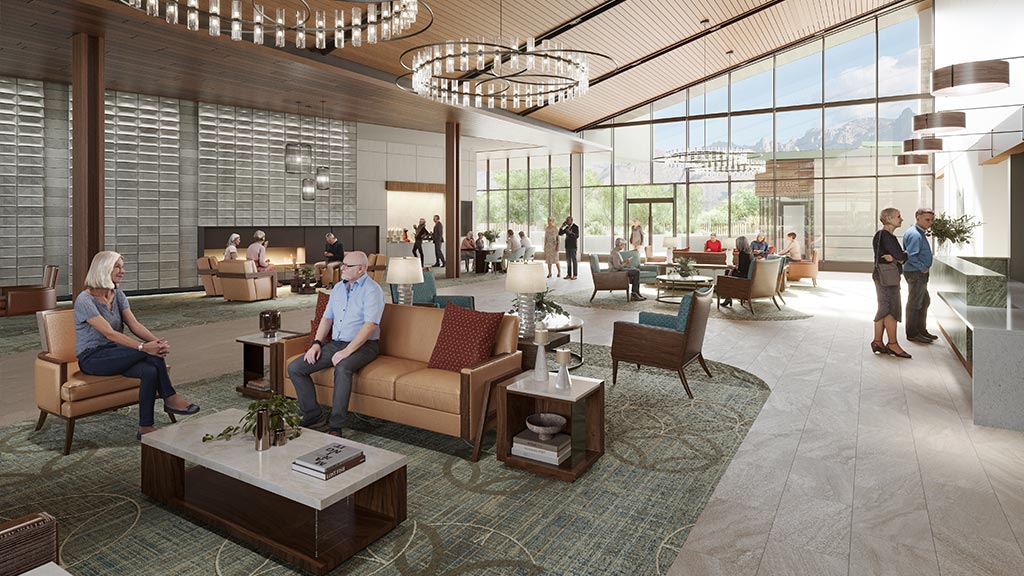
The Wave of Urban Infill Senior Living Development Is Just Starting
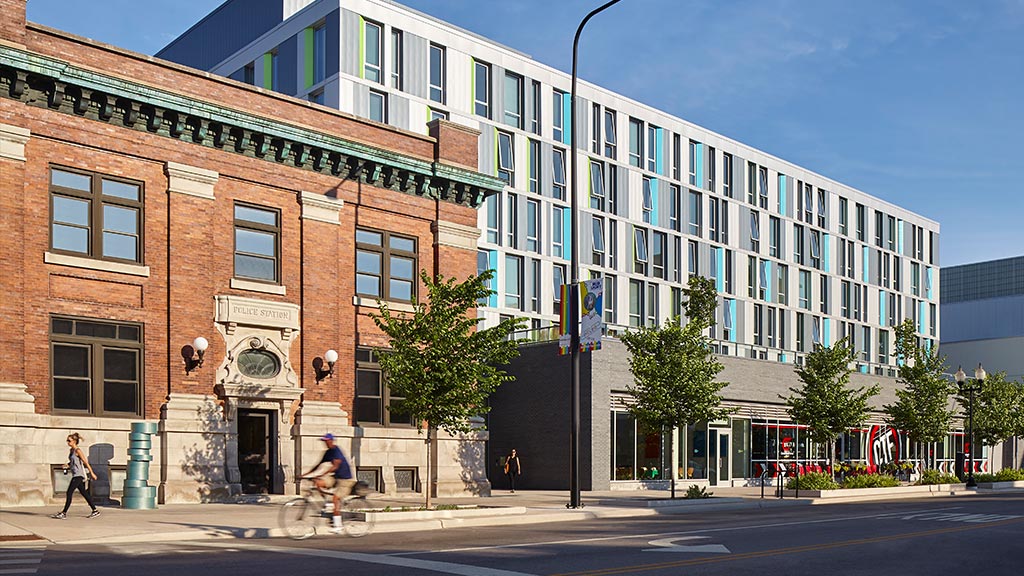
Chicago’s Town Hall Apartments at the Center on Halsted Help Meet the Needs of Older LGBTQ Adults
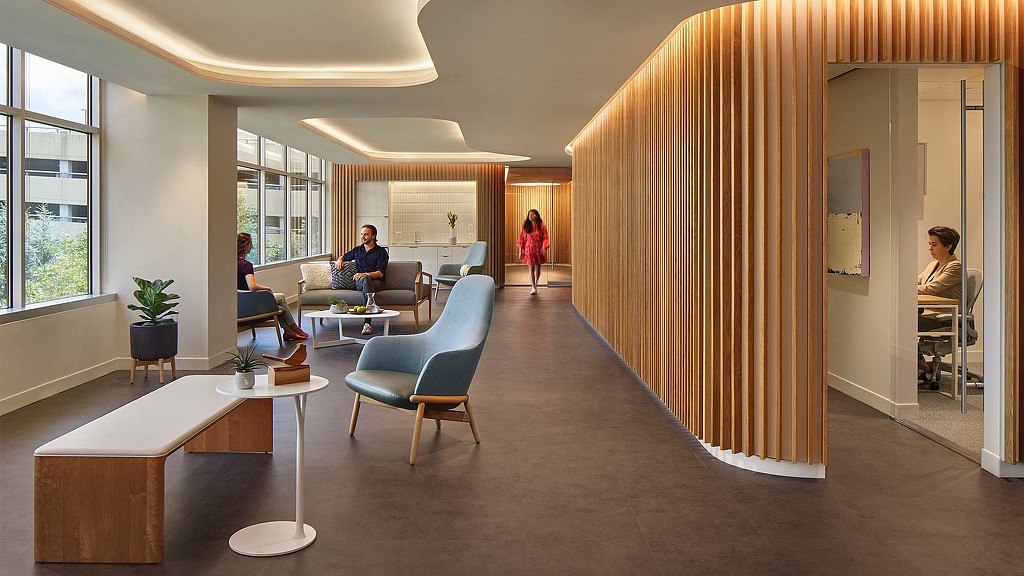
10 Healthcare and Senior Living Trends Driving Design Strategies
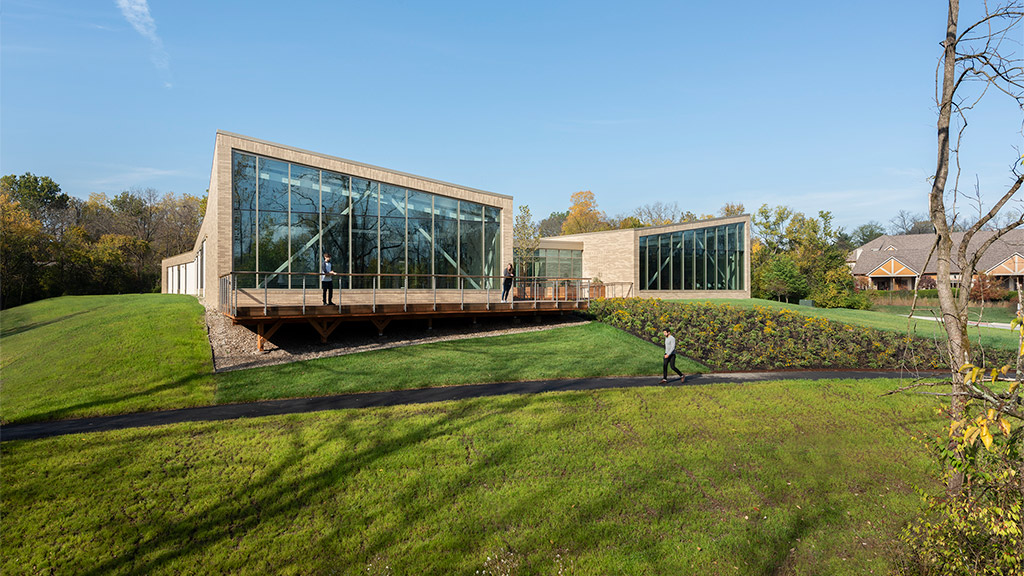
OhioHealth Neuroscience Wellness Center Is a “One-of-a-Kind Destination” for People Living With Neurologic Conditions
